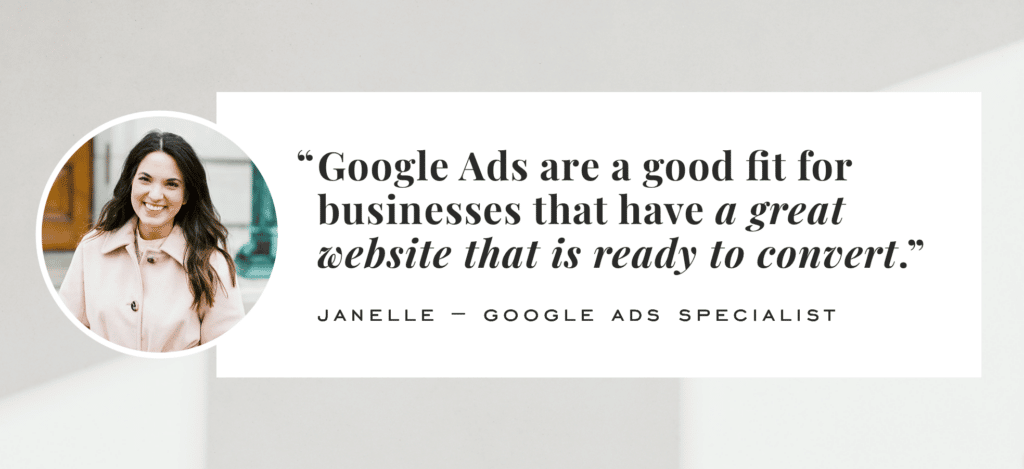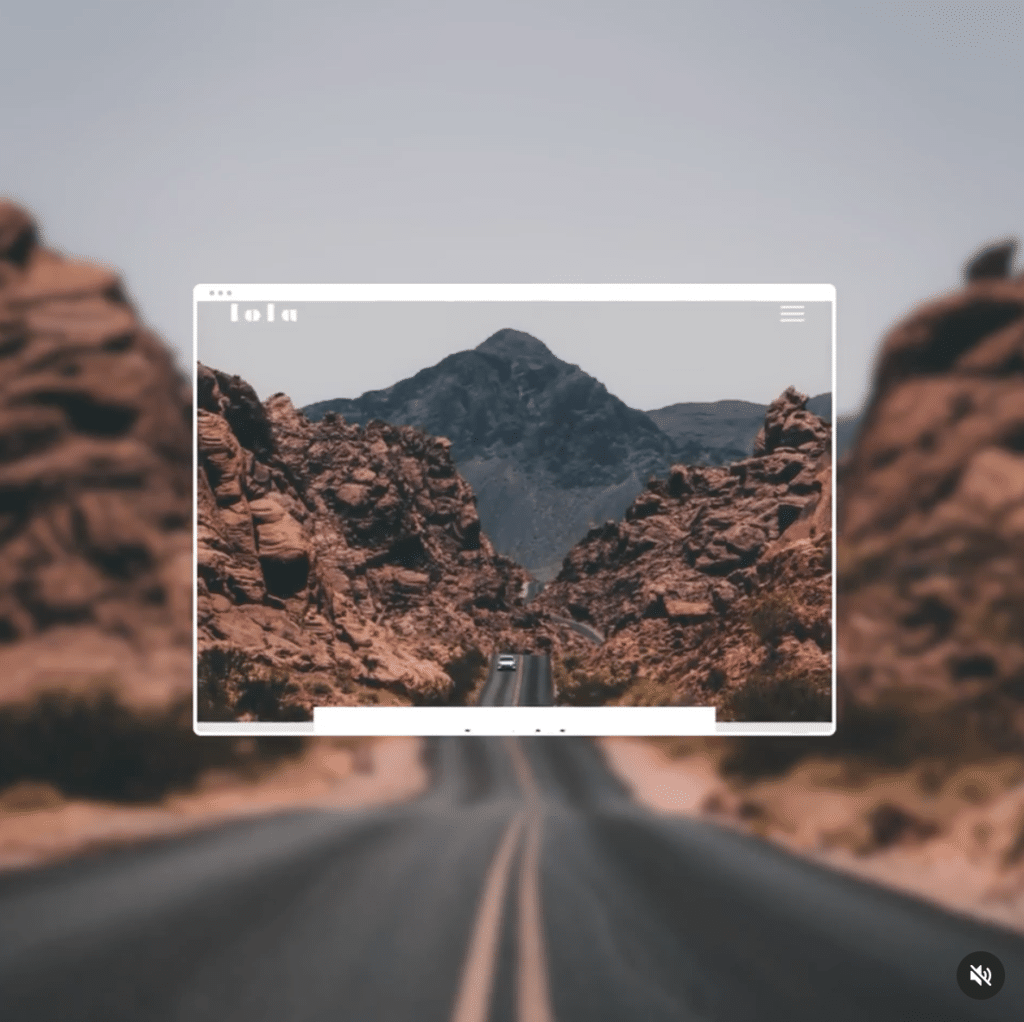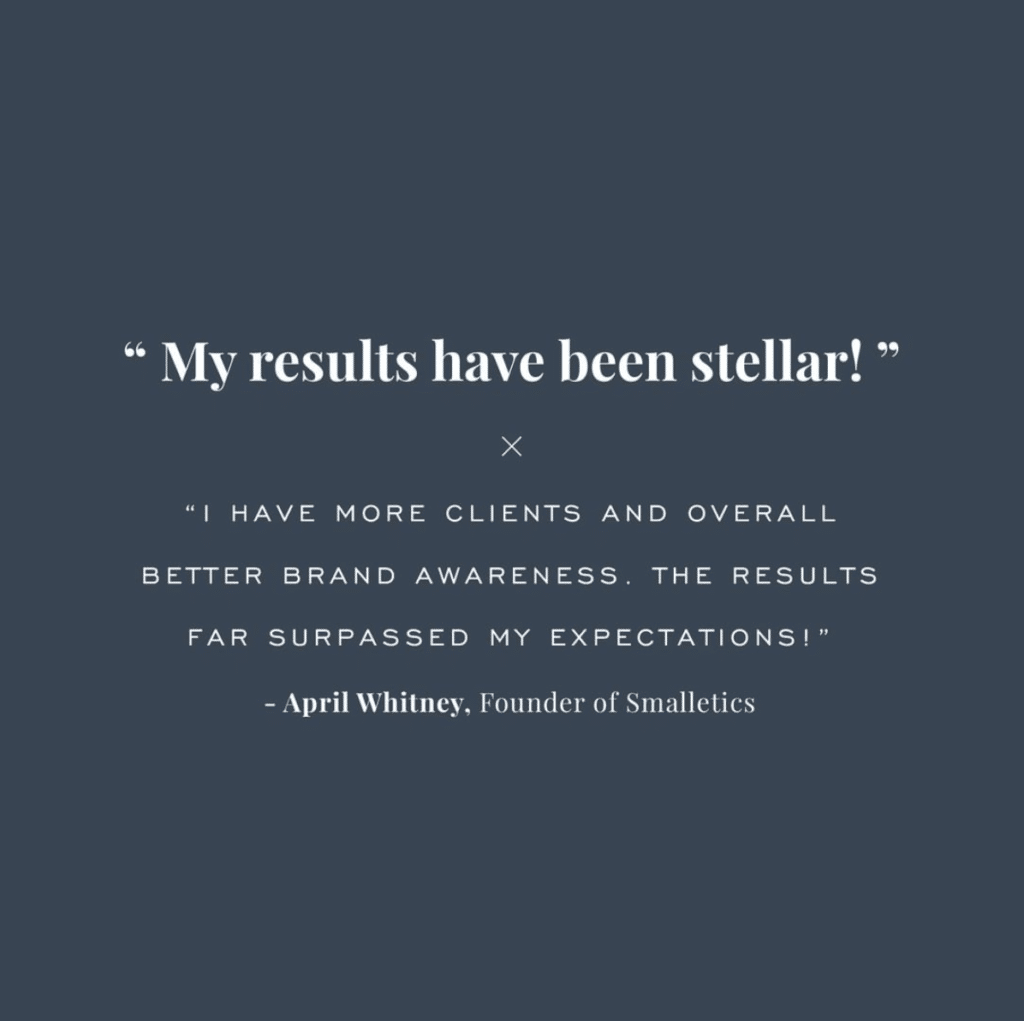Ever wanted to get your business name in front of people you know are specifically searching for what you offer? That’s exactly why Google Ads are gaining popularity as part of a strong marketing strategy.
Last week, we took a brief look at how Google Ads compare with ads on Facebook and Instagram. We asked our in-house Google Ads expert Janelle Adamson what people should know about Google Ads, and she explains that Google Ads work so well because you’re targeting based on keywords people are typing into the search engine.

Want to see how Google Ads work for your business? Here are 7 tips from Janelle and other members of our team so you can make the most of it:
1. Do proper keyword research.
Before you start writing your Google Ads, figure out which keywords you’re going to use to target the right audience. You can use resources like Google Trends and Keywords Everywhere to find popular words people are searching for on Google.
(Hint: Want more info on keywords? We talk about how you can research keywords for SEO content here and here.)
2. Explore the campaign type that’s right for your business.
There’s more than one type of Google Ads, and not every type is going to be the right fit for every business. Your options include text ads on search results, image ads on web pages, product listings on Google, videos on YouTube, and more. Google breaks it down and even explains why each campaign may be a good fit for a particular business or a particular goal.
3. Add negative keywords once your campaigns are running based on irrelevant search terms.
Sometimes people are searching your keywords (or something very similar) but they’re interested in very different results. Hey, it happens. But you don’t necessarily want to waste the expense of having your ad shown to that audience.
Fortunately, Google gives you the option of adding what are known as negative keywords—so your ad won’t be shown to people who search for them. This not only helps you create ads that are more relevant to your audience but also ultimately improves your click-through rate and improves your conversion rate.
4. Try Performance Max.
Performance Max debuted in 2021, but it’s already gaining a lot of momentum with marketers. The idea behind this tool is that you basically let Google create an automated campaign for you. You give Google your creative assets and URL, and then you just let the platform do its thing—it pulls copy from your site, pairs it with your creative assets, shows it to the right audience, and ultimately creates an ad strategy for you. No thinking or strategizing or stress on your part!
Does Performance Max work every time? No, maybe not as effectively as a campaign you think up. But the computer automation is programmed to do what works best, and you might find yourself surprised.
5. Craft strong copy that matches the keywords you’re targeting.
Even if you’re choosing and using the best keywords for your audience, they won’t do you any good if your copy isn’t interesting or engaging. You need to be writing strong copy that resonates with your audience and converts them into customers.
6. Include ad extensions in your Google Ads strategy.
You have all kinds of options when it comes to adding extensions to your Google Ads. You could be adding location extensions, sitelink extensions, and even extensions built around specific products you offer. While this is a little bit of extra work, these extensions give you opportunities to add more information. More information means more ways to catch your audience’s attention and more reasons for them to click.
7. Always be testing.
We wish we could say we knew a way to cheat the system and get success every time, but unfortunately, everyone is subject to merciless algorithms and people’s fickleness. That’s why it’s so important to always be testing. You never know which idea might surprise you with the way it’s able to get a potential customer’s attention.
Want to brainstorm specific Google Ads ideas? We’d love to talk it over with you. Let’s start with a discovery call between you and a member of our team. Reach out today and we can set one up.







